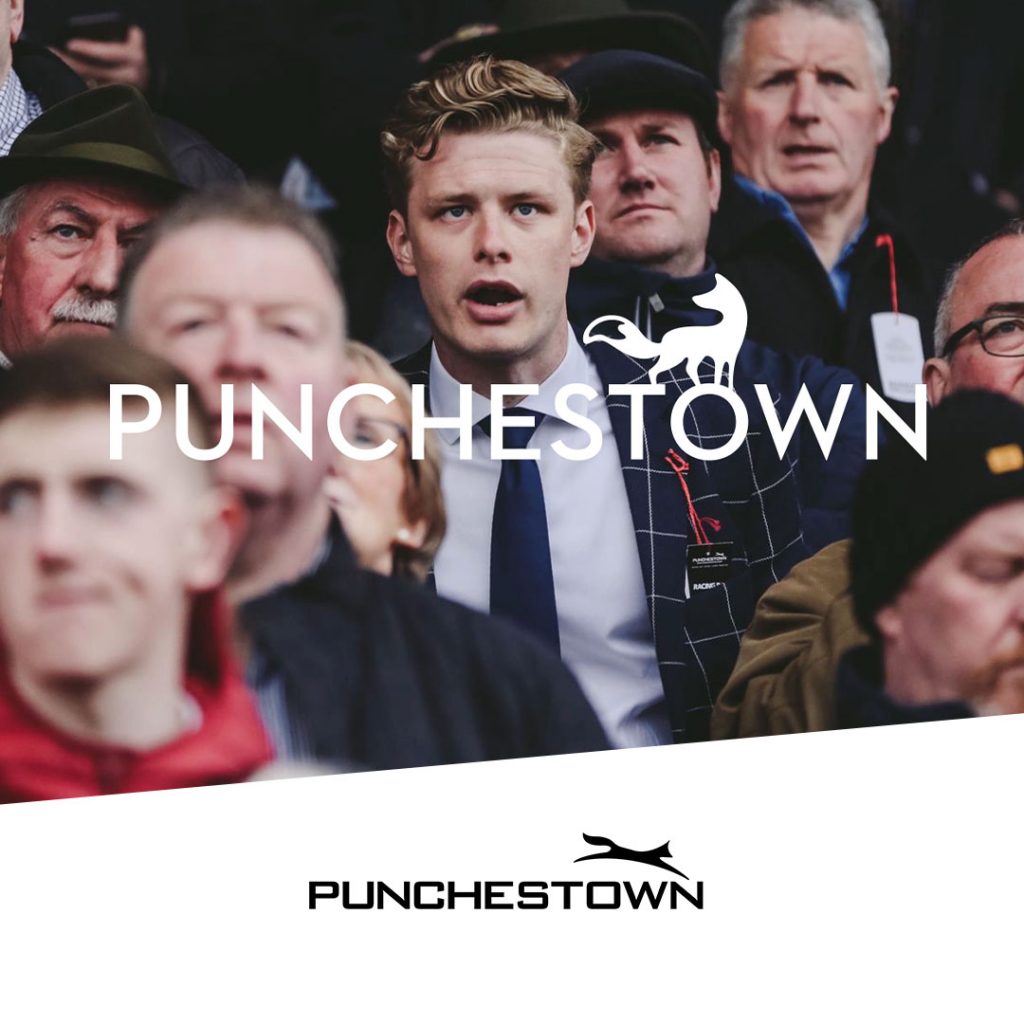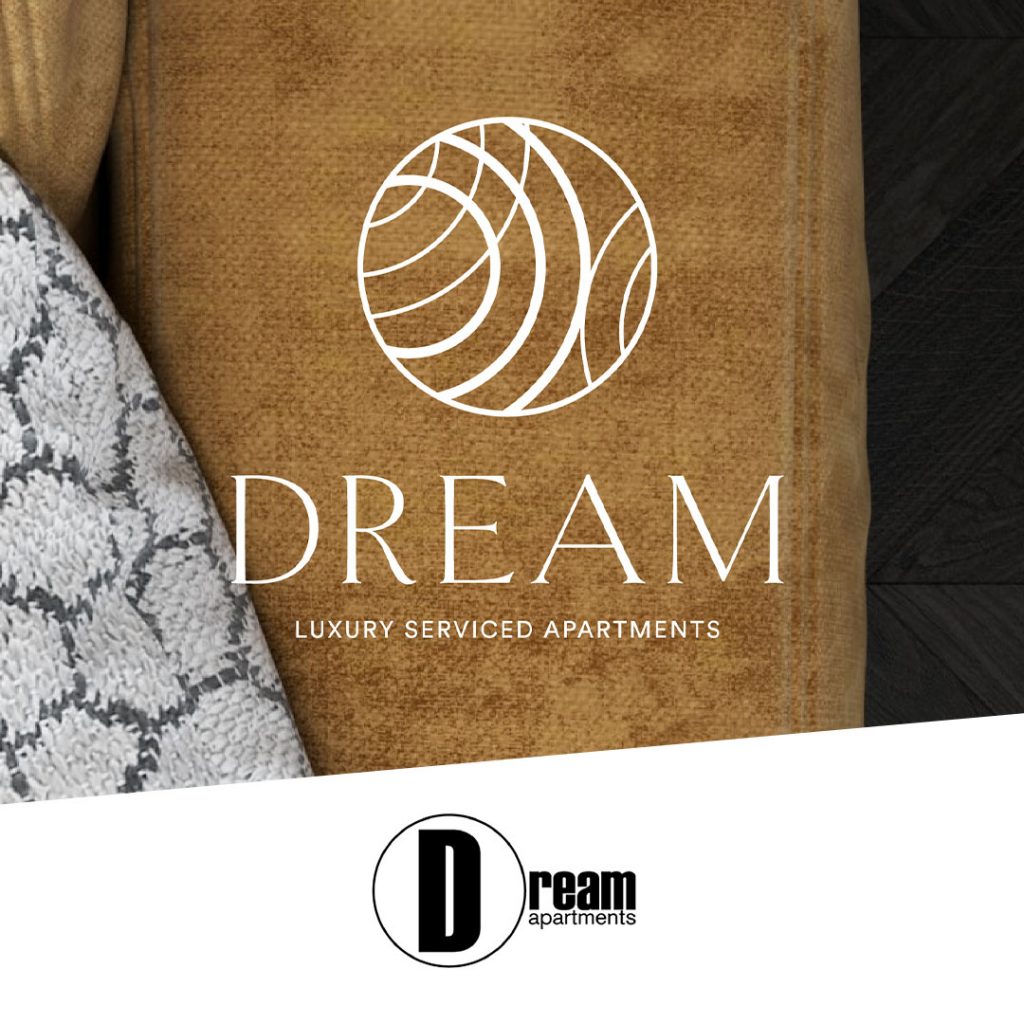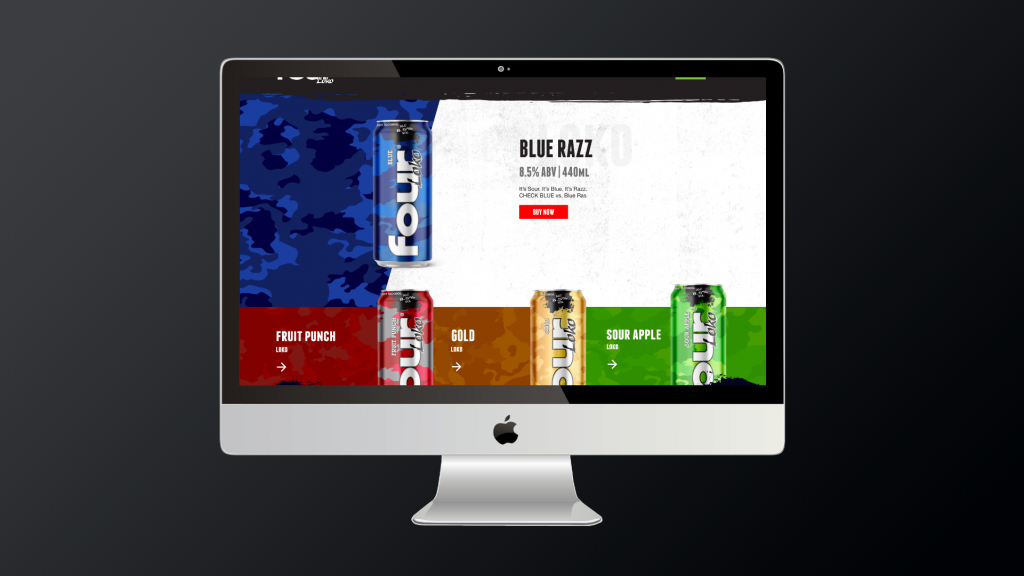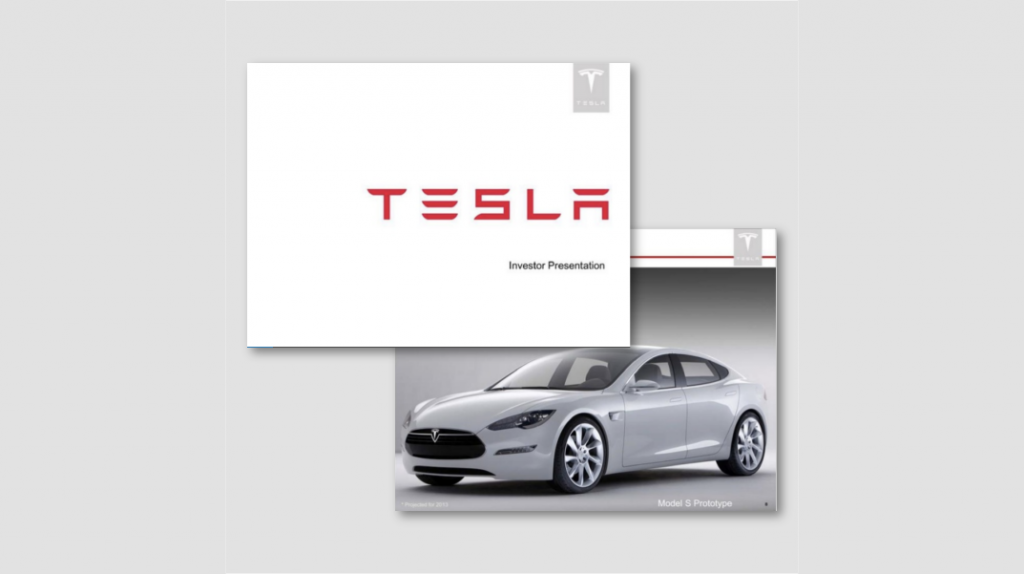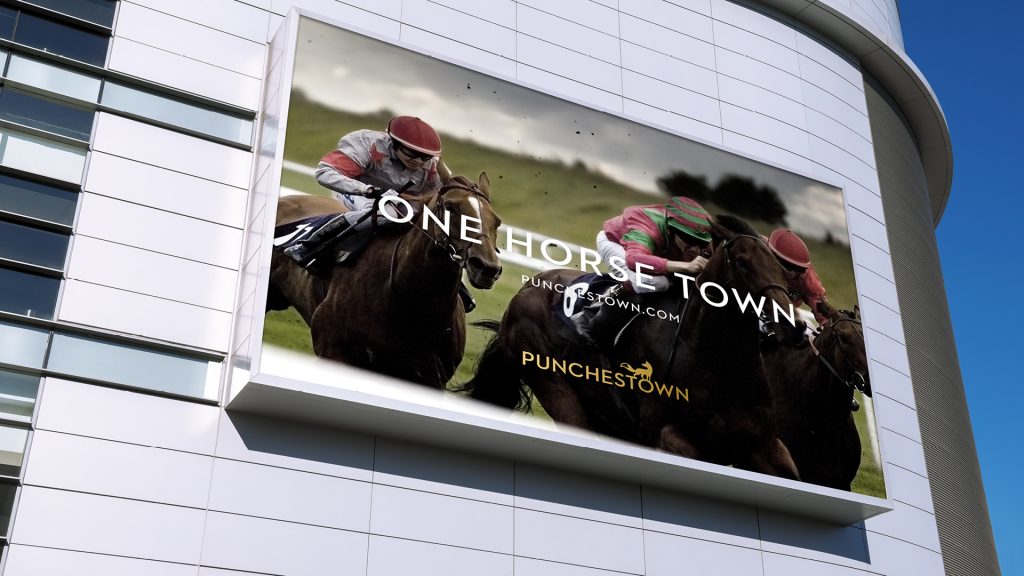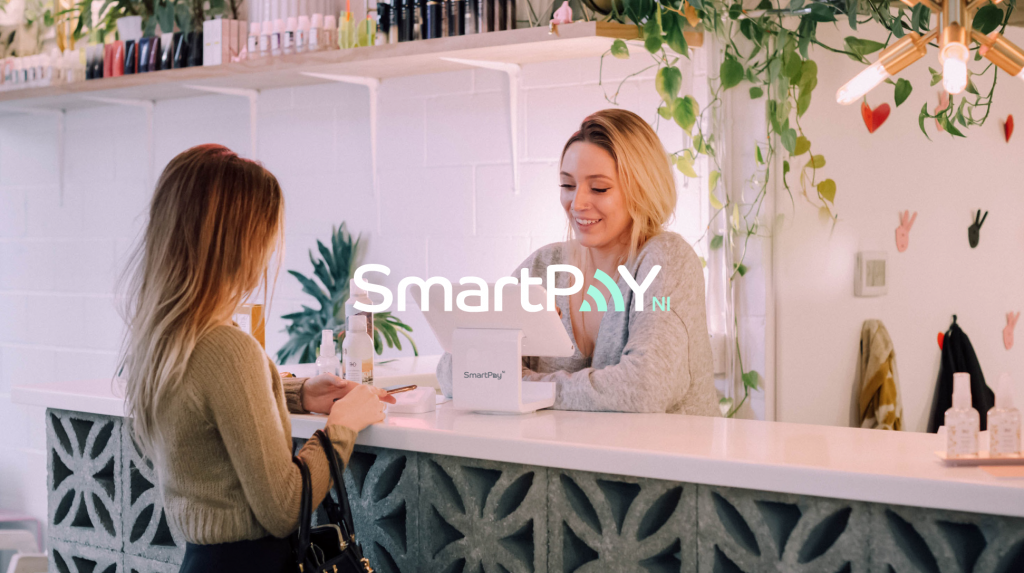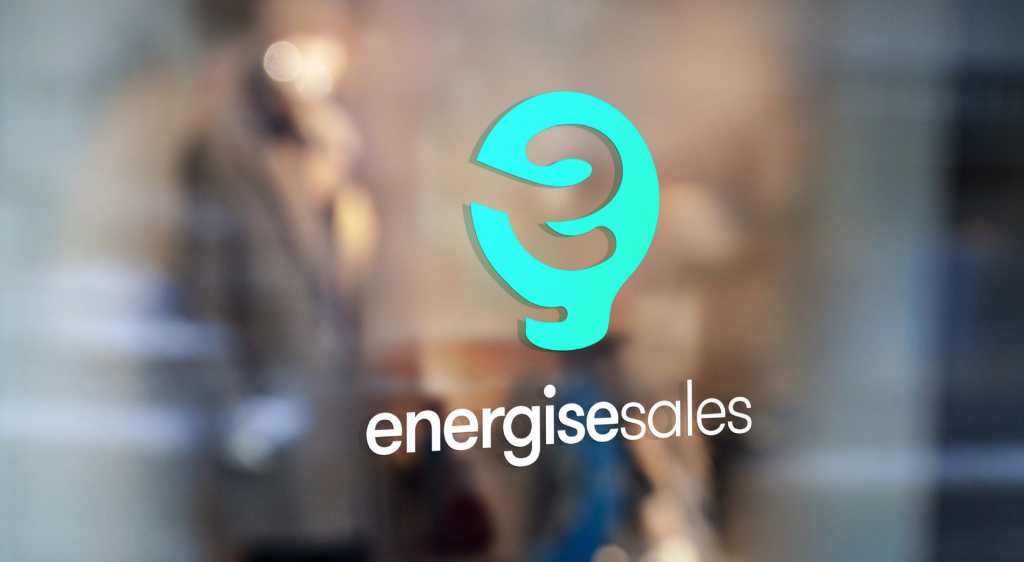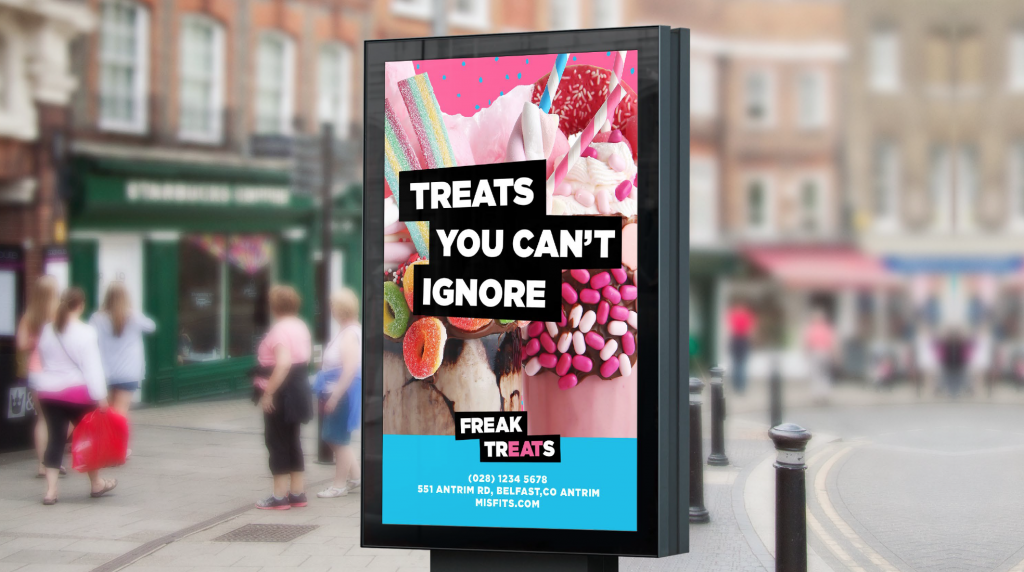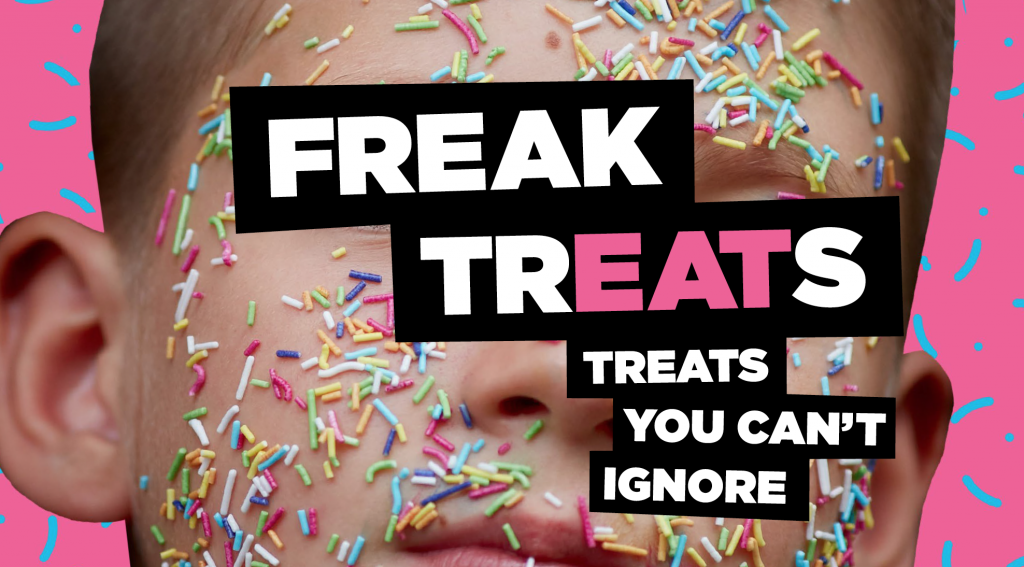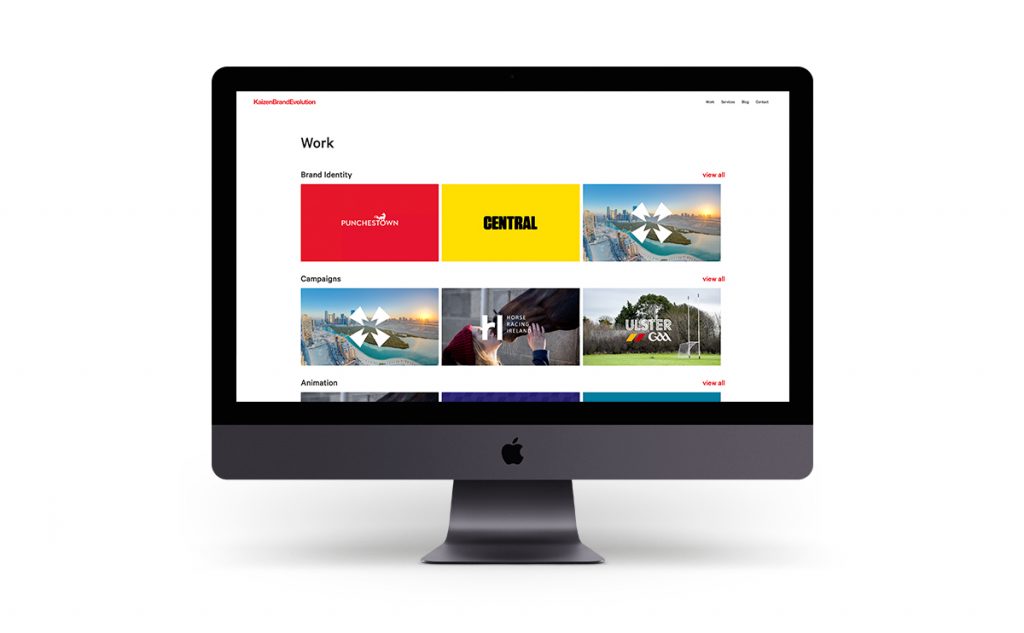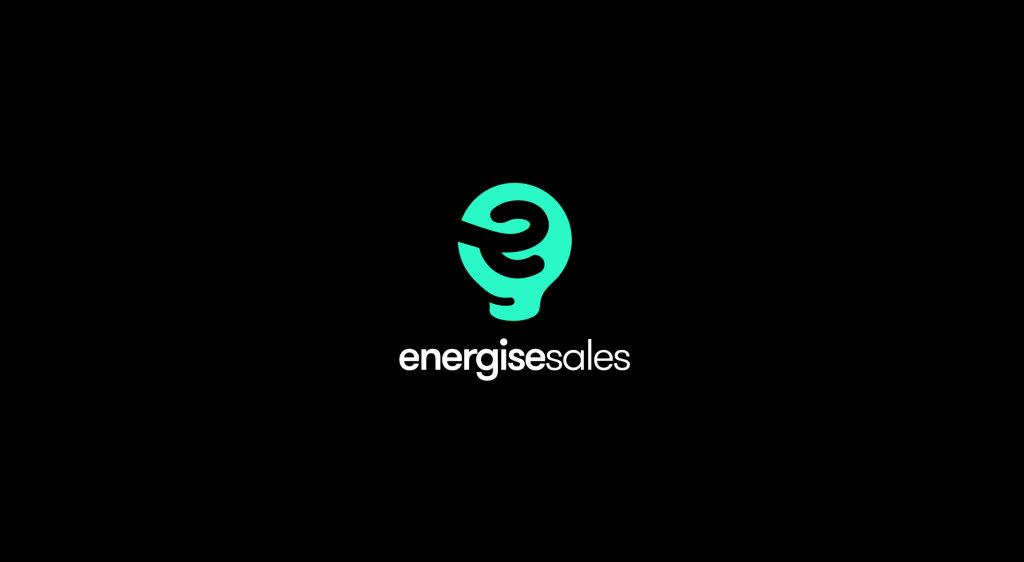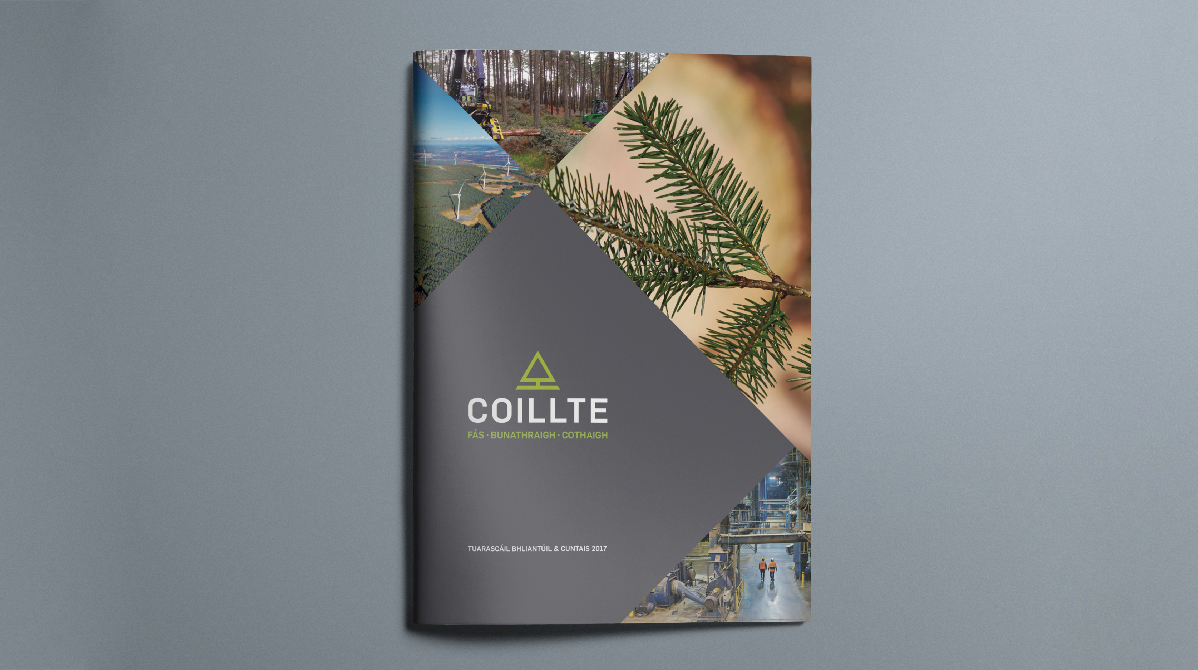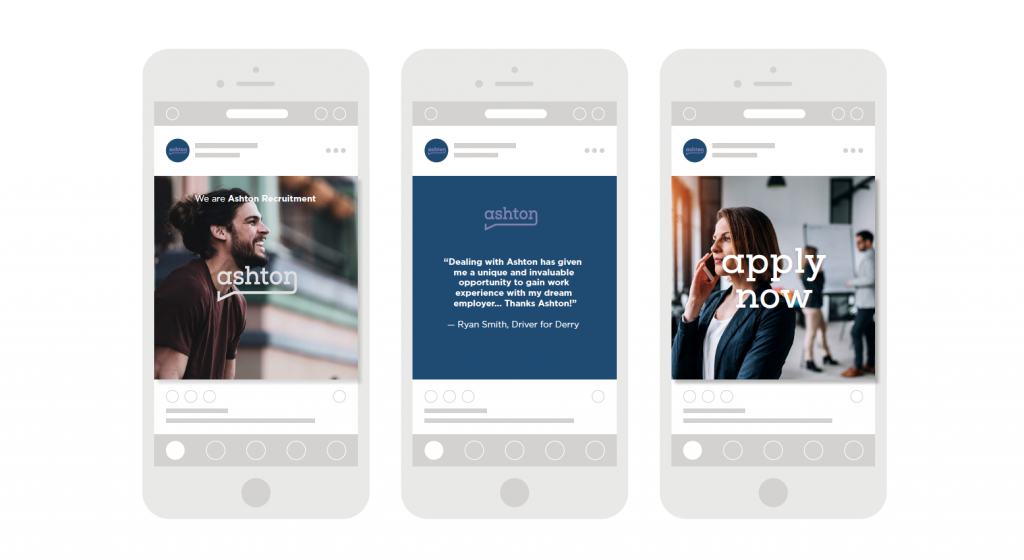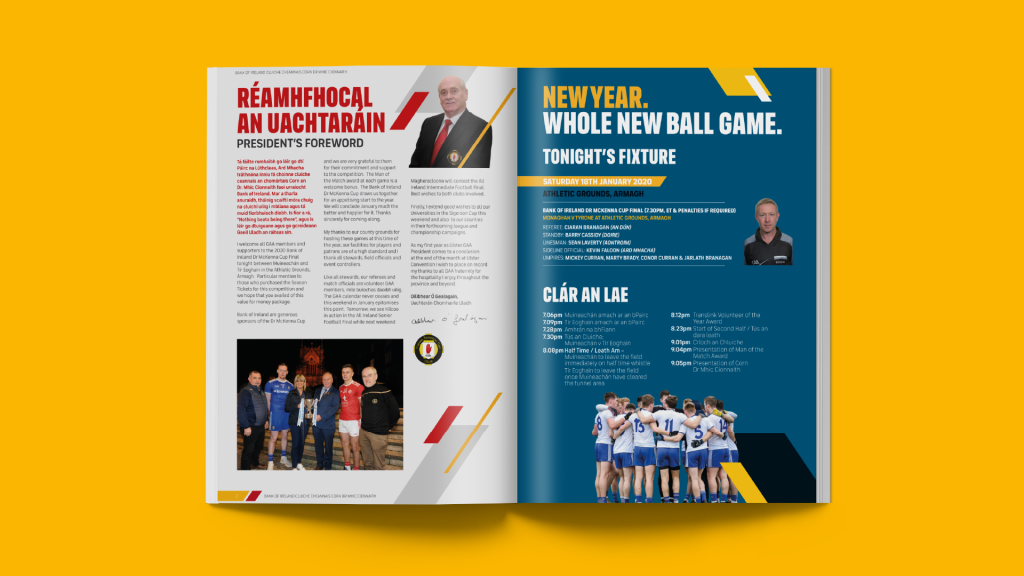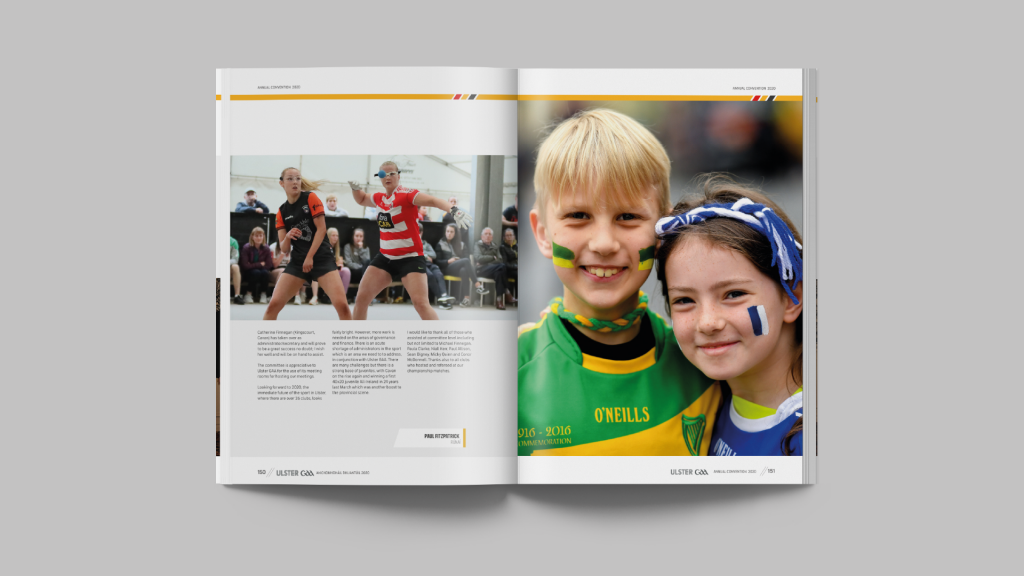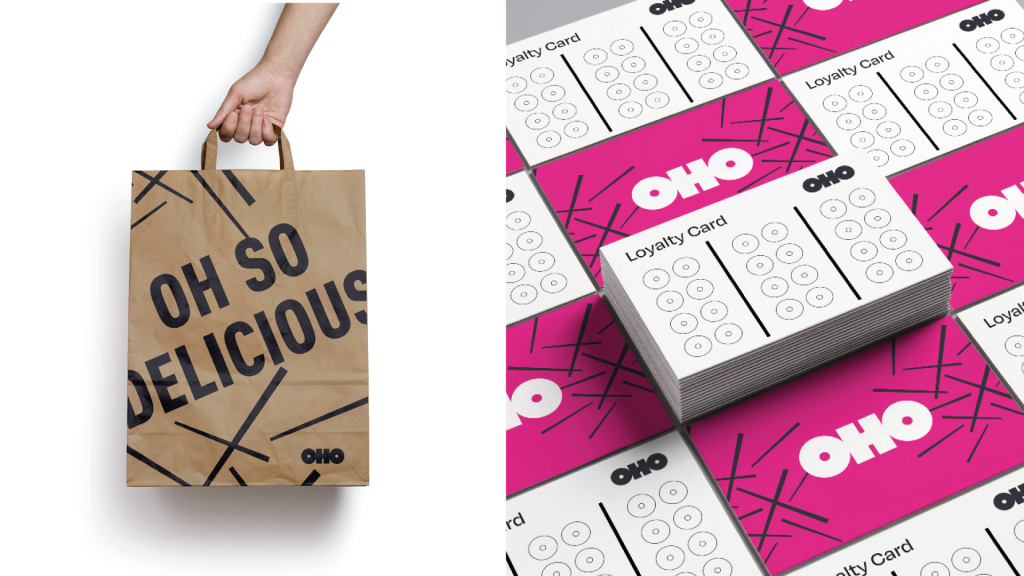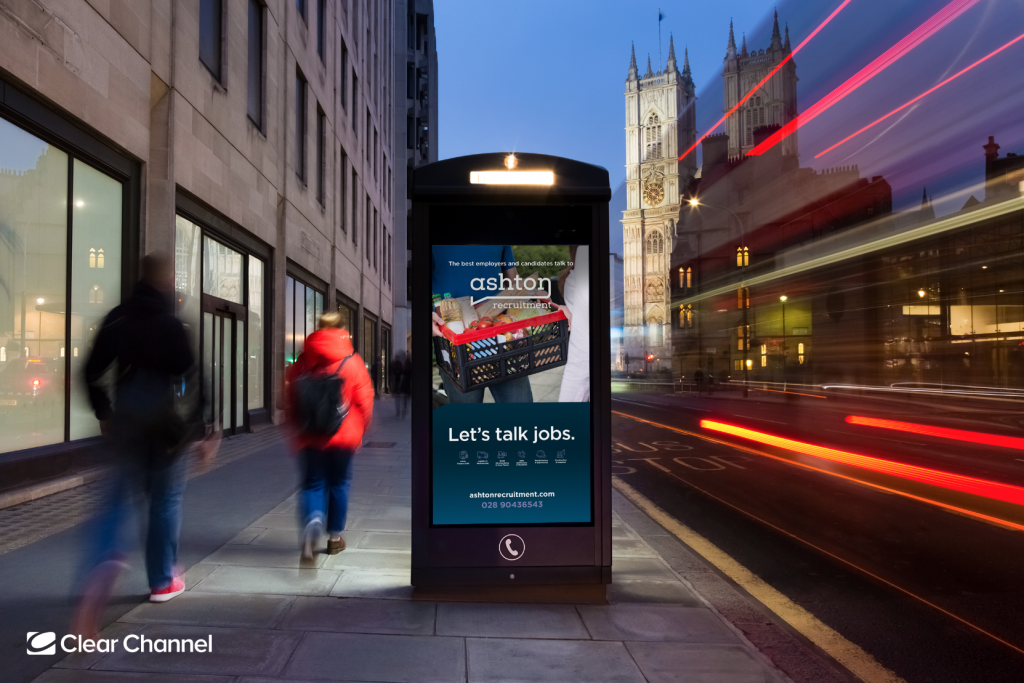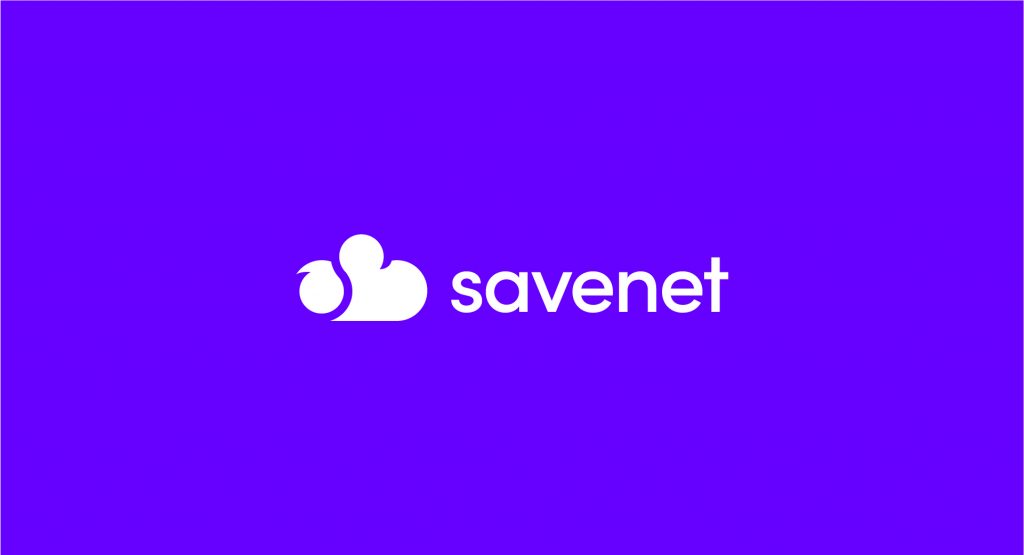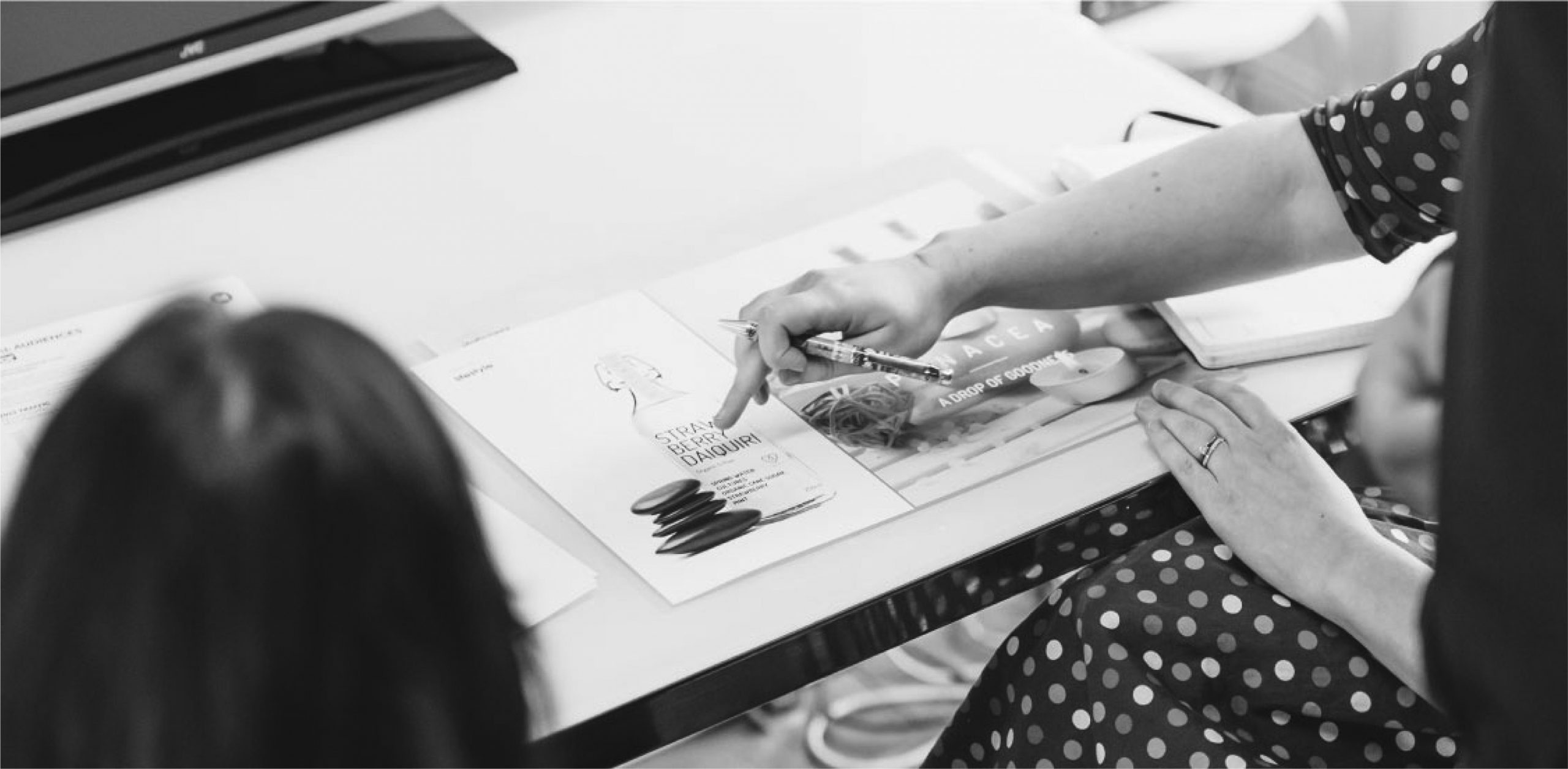We know, we know! Summer has just begun, but winter is coming… faster than you think. Although winter is an unfavourable season for many reasons; the cold, the dark and the dreary, it does have its exceptions. Winter is the ultimate event season, boasting Halloween, Christmas and New Year parties, to name just a few! Whether you are hosting an event or attending a trade show, it is important to make a memorable impression on your audience with event design.
Event branding offers companies, organisations and collectives a chance to massively amplify awareness, using experiential design best practices to offer an impactful and unforgettable experience. Through the power of distinctive, dynamic design, businesses can harness the immense potential of event branding – but it’s only through an intelligent and cohesive approach that you’ll experience the full effect.
Let the experts deliver memorable results
Event planning can be extremely stressful, particularly around the festive season. Why not take the pressure off and involve a professional graphic design team in your planning and implementation? Not only will this take a huge chunk off your workload, it will also ensure the highest quality content is produced and promoted.
There are many complex layers to the task of event design. Many of which go unrecognised until the late stages in planning and preparation. Elements include website design and monitoring, campaign design, branding and promotion, to name a few!
Involving a professional design team in this process offers the prospect of massively amplifying brand awareness for your organisation, using experiential design best practices to produce an attractive and unforgettable experience.
Consistency is key with event design
When hosting an event, the overall goal is to impress your audience and ensure they have a wonderful time. Equally, you hope to receive the deserved recognition and reputation boost.
To achieve the optimum brand recognition and create a memorable impression with attendees, it is crucial that your event design is consistent. Whether your event is a one-off occurrence or a frequent experience, holding consistent design is advisable to ensure both a high standard of delivery and a familiar brand identity.
Maintaining this consistency can be difficult without the involvement of a professional in event design. Graphic designers are experienced in developing projects that hold a unform template through meeting careful considered brand guidelines; using brand fonts, design, imagery and colours. Without the correct software or design knowledge, implementing event design in-house can be both time consuming and unobtainable for your business.
Consider your attendee
Creating a sense of togetherness throughout your event branding is especially important where the attendee journey is concerned. The journey an attendee takes from entrance to exit needs to be subtly and strategically designed.
With all elements of the event working together, the journey from A to B should be seamless, that way, your audience will have the most immersive and engaging experience possible. Maintaining a sense of perspective throughout the event branding process guarantees results.
It’s by keeping one eye on the big picture, exploring how different elements interact and how they work to communicate your core message, that you’ll deliver a meaningful and memorable event.
The benefits of event design
Event design is a massively beneficial tool, promoting a top-class reputation and providing an inclusive feel for attendees. Whatever the definitive aim of your event is, whether it’s to boost brand exposure, advance awareness on a topic or promote sales and subscriptions, the journey an attendee takes from start to finish needs to be subtly and strategically designed.
Within Kaizen Brand Evolution, we have worked with a number of different businesses, right across Belfast and Northern Ireland, as well as event organisers themselves, to provide them with the right display products and design for their events.
Our designers will make sure that the design used for your event material are the best you can get, being both eye catching as well as durable, so that no matter where you are, potential customers and clients will notice you and want to come and talk to you.
To discuss a creative project, get in touch with our team via the contact form or on 028 95072007.






